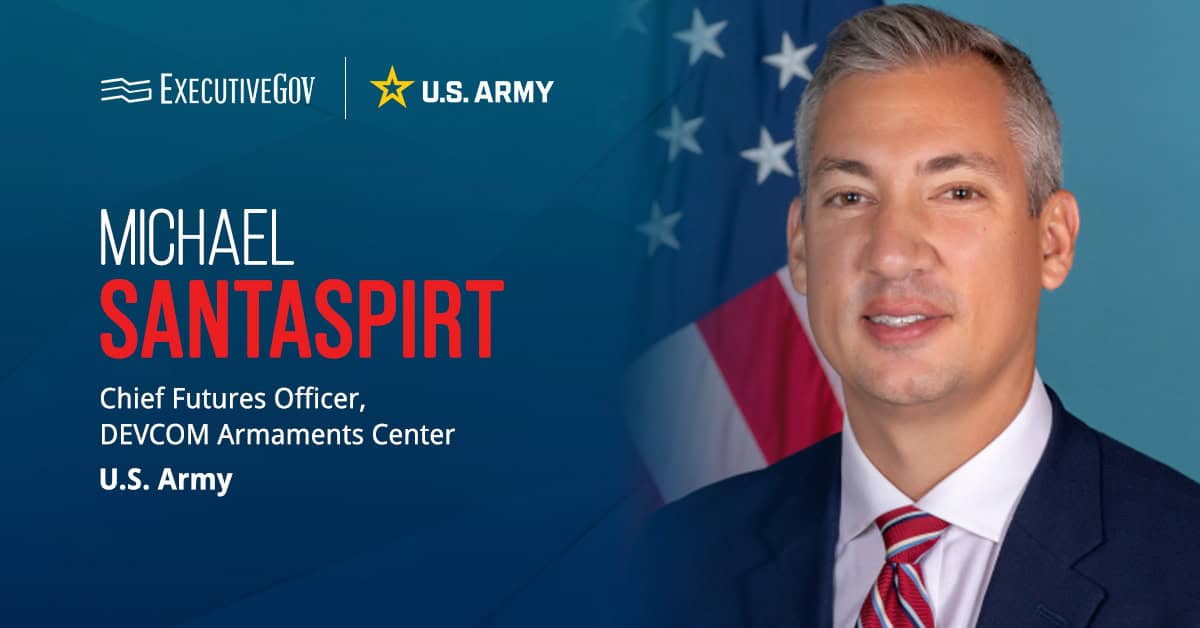 The General Services Administration plans to designate a new special item number for health information technology services under the agency’s Information Technology Schedule 70 acquisition vehicle, Federal Times reported Monday.
The General Services Administration plans to designate a new special item number for health information technology services under the agency’s Information Technology Schedule 70 acquisition vehicle, Federal Times reported Monday.
Carten Cordell writes government agencies will have access to health IT services under 132-56 SIN.
Roya Konzman, senior ITÂ specialist at GSA, told Federal Times that the move to assign a new SIN under Schedule 70 comes as GSA projects government spending on health IT services to reach $31.3 billion by 2017.
GSA expects to issue a draft solicitation for the new SIN in May and launch the final solicitation for the new category between June and July, according to the report.
Related Articles
The U.S. Army Combat Capabilities Development Command, or DEVCOM, Armaments Center has partnered with the CIA and In-Q-Tel to advance Army priorities and accelerate the development and deployment of military capabilities to warfighters in support of national security missions. Army to Leverage IQT’s Tech Scouting Infrastructure “Our relationship with IQT combines specific U.S. Army technology needs with IQT’s global technology scouting and assessment network to ensure that we deliver innovative capabilities when and where they’re required,” Michael Santaspirt, chief futures officer at Army’s DEVCOM Armaments Center, said in a statement published Thursday. IQT is a not-for-profit strategic investor that identifies
The National Science Foundation has selected four teams that will receive $4 million to design an infrastructure that would expand access to hardware and software to support quantum science research. The funding was made under the Foundation National Quantum Virtual Laboratory, or NQVL, initiative, which aims to accelerate the development of useful quantum technologies, NSF said Thursday. “The National Quantum Virtual Laboratory is a critical bridge between basic discovery and deployment, specifically focused on turning America’s leadership in fundamental quantum science into practical technologies, products, and systems that will strengthen our nation’s competitiveness and ensure U.S. dominance in this field
The Department of the Air Force has unveiled a new strategy outlining how the DAF will deliver a resilient and adaptive encrypted network that facilitates real-time data sharing in support of warfighters. DAF Network of the Future Strategy’s Objectives The department’s Network of the Future Strategy has six objectives: bolster network resilience; increase operational scalability and flexibility; secure the network of the future; streamline network management; integrate the network environment; and enable the workforce of the future. “This strategy will serve as our North Star as we address rapidly evolving threats and rising demand for seamless connectivity, empowering our warfighters





